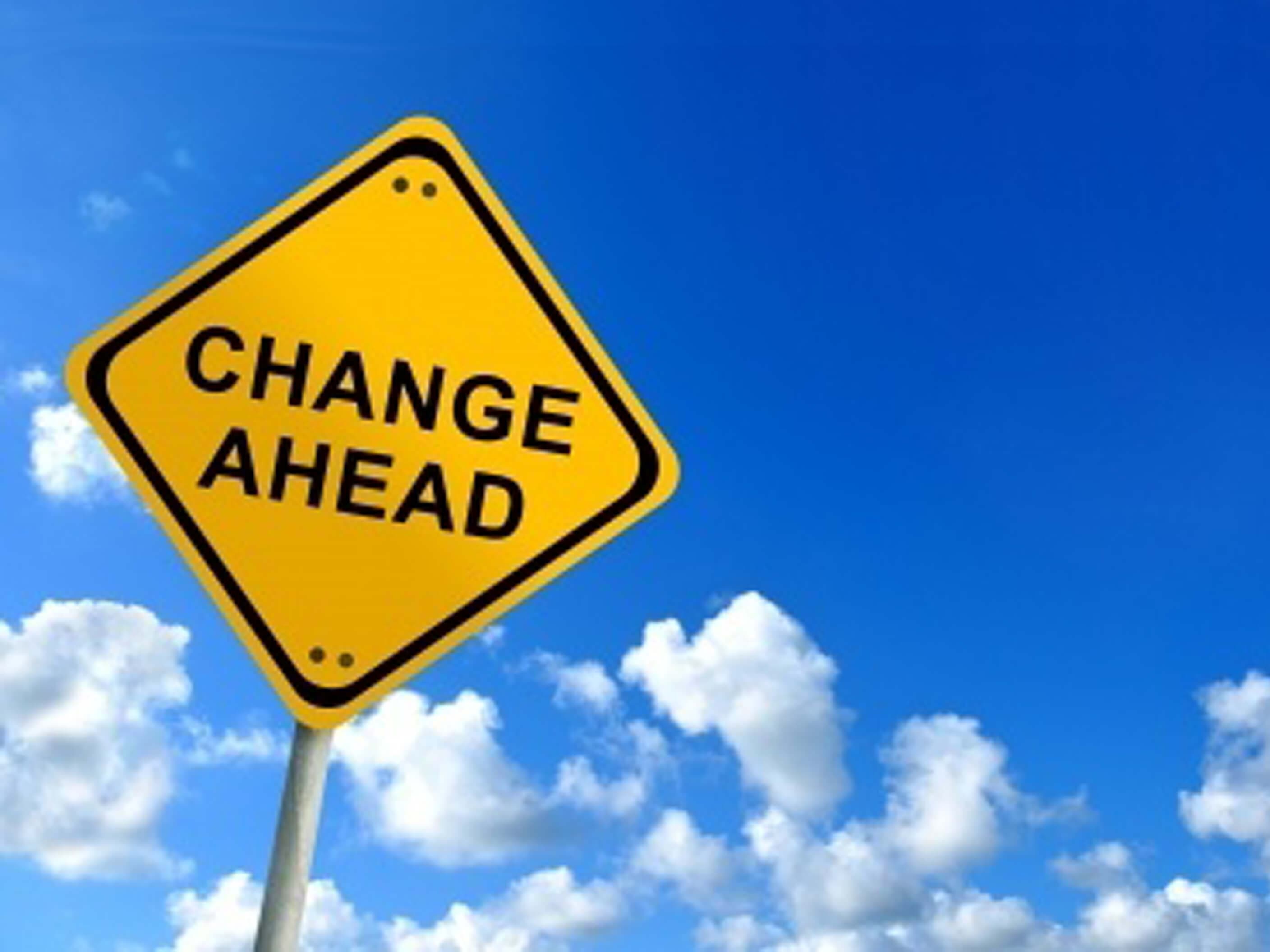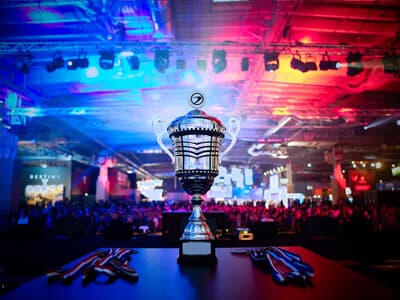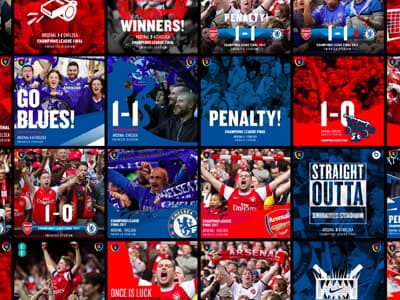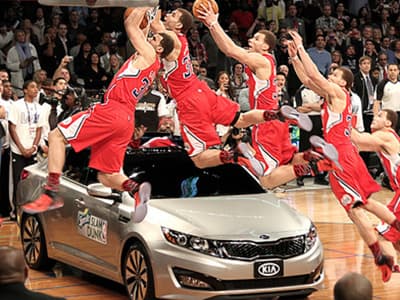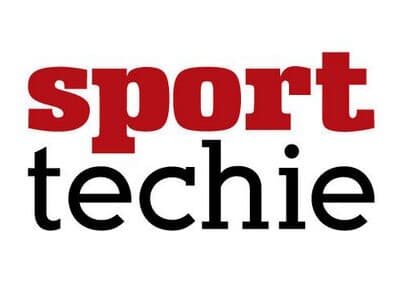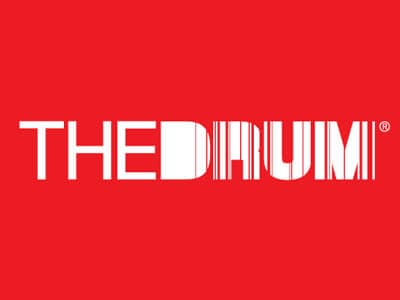Sponsorship For the Change
Sponsorship arena has been fascinating these days. In few months (or even weeks) the scene has dramatically changed. FA announced end to all betting partnership deals cancelling the £4M p.a. deal with Ladbrokes. Olympic Games and McDonald’s got divorced after 41-years of marriage. On a bigger scale, women’s sport is being separated from the men’s sponsorship category, which really makes a difference in the diversity & equal rights game.
Sponsorship market is changing itself while making contribution into a bigger-problems solving (like Female Sports attracting their own sponsors and Diversity & Women’s rights). Let’s not forget that it is also a tool to make an impact.
Driving change is never easy.
From the brands perspective, making the world a better place has become a somewhat must-have with a direct correlation with commercial success.
This to be said, there are must be a genuine passion for solving some of the world’s greatest problems, a passion that brand embodies and hundreds & thousands of its employees share.
Sponsorship helps brands connect with the audience on a deeper level and through association with the event (or club or championship or stadium) starting a snowball of action.
Sponsorship is a two-teams game, especially when it comes to professional sports that are often run by the for-profit organisations (like football clubs). Therefore both sides have their mission and vision and desire to make the world a better place.
So when the marriage happens, both sides buy into the vision of each other and share values.
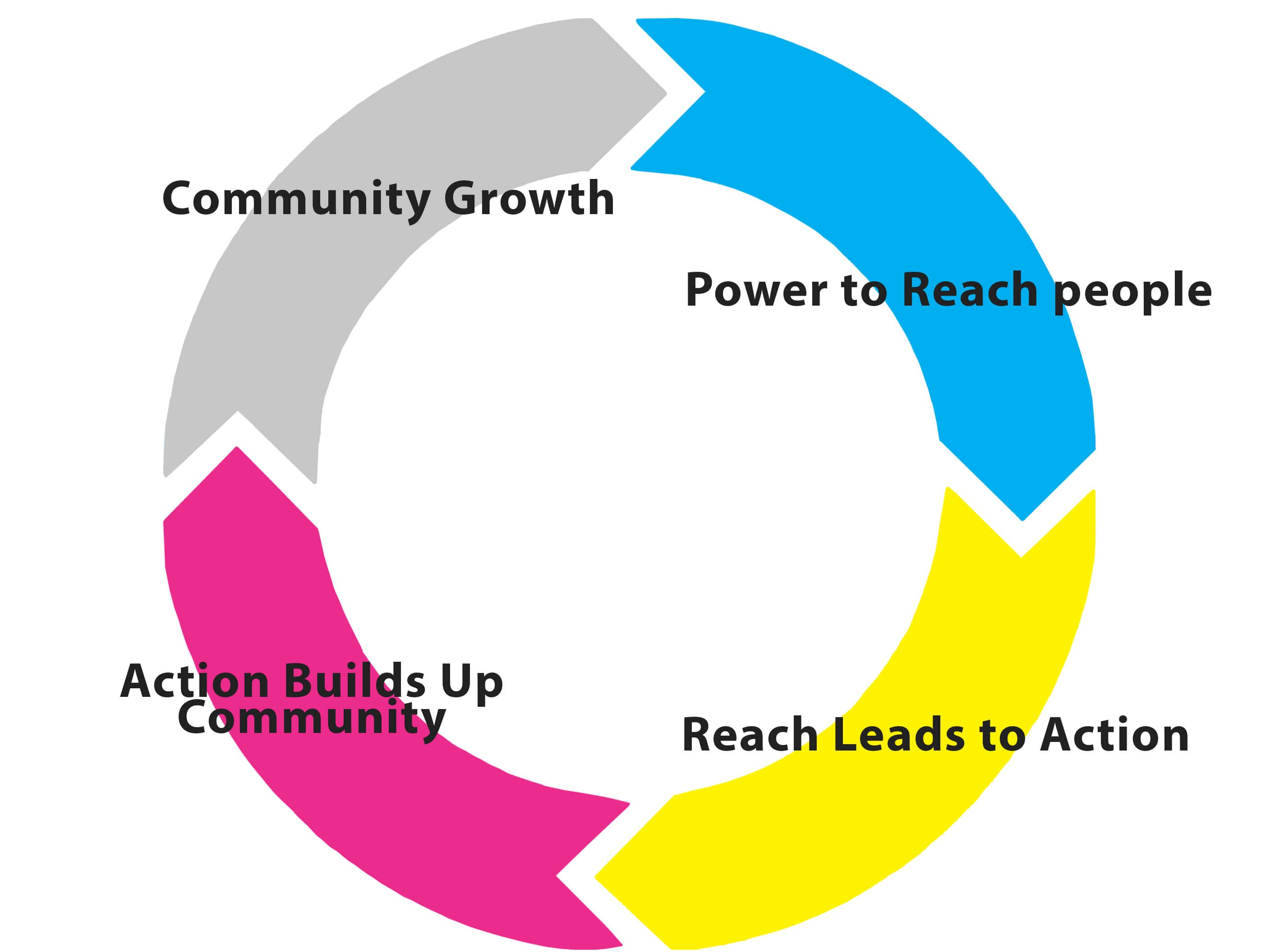
Ideally, sponsorship builds a self-sustainable cycle: brands have the power to reach people to drive change, this increases the impact and brand’s value and this helps to reach even more people to drive change.
Sponsorship deal success is driven (among others) by two main factors: who are the people / organisations a brand wants to be associated with and what are the tools marketers have to make the activation right.
First things first. Choosing the right partner can be a challenge. It’s a lot about emotions that matter. Being a sponsor of Chelsea FC or Arsenal FC creates a different perception of a brand (and not many people can explain why). Or sponsoring a local city sports event and London Marathon (leaving the money aside), target different goals.
What’s even more important, the partner has to choose you as well. And we can see this is shifting a lot and right holders gaining more power of the sponsorship and associations.
But sponsorship in it’s pure form of association won’t necessarily create an impact.
For example, the very recent sponsorship announcement of EY becoming the official sponsor of Women’s Rugby World Cup 2017.
EY has a long history of driving the global dialogue around the advancement of women athletes and harnessing the often untapped leadership potential of this talent pool. Being at the front of Women’s Rugby is a perfect fit to amplify their value and mission and drive change. And while it’s an ideal marriage, the success of the sponsorship (and any other) also depends on the tools brand chooses to activate through.
Will pitch-side banners tell the audience enough to join EY on their mission? Will the TV advert motivate people to care about entrepreneurship? Or will Big Screens promos be the right time for EY to tell their story?
The marketer’s tool box makes a difference. It’s very often a content game with a single tactical goal: make people care.
Audience care — they do their research, they share what’s they learnt, they tell the story to their friends and family. This is a start of a very positive viral spreading.
One of the indicators that sponsorship reached hearts & heads of the audience is the number of social interactions and sharing.
There are very few things that can be measured in sponsorship and this one is one of them. People share if they care. And with millennials and their multi-screens experience, it gets pretty straightforward even for a tradition TV activations.
What if you can make every fan at a stadium and beyond share your message with their network? This is kind of a goldmine for marketers, as nothing can bit the power of authentic peer-to-peer sharing.
Snaptivity is a great example of this kind of powerful tool in the marketer’s box. It photographs fans at the peak moments of the game and delivers these photos to them at the right time (emotional connection). Every photo is branded with a dynamic overlay that can vary based on the context, location and time of the photo (building up a bond). Fans are just one tap from sharing with their friends & family (instant organic exposure)
Sponsorship is changing and driving change. And as long as there is a natural fit for the audience, sponsorship going to stay one of the most effective ways to reach hearts of the audience and make them care. So what do you want them to care about?


